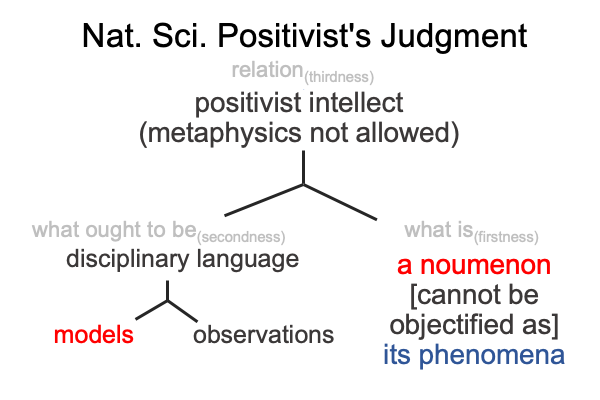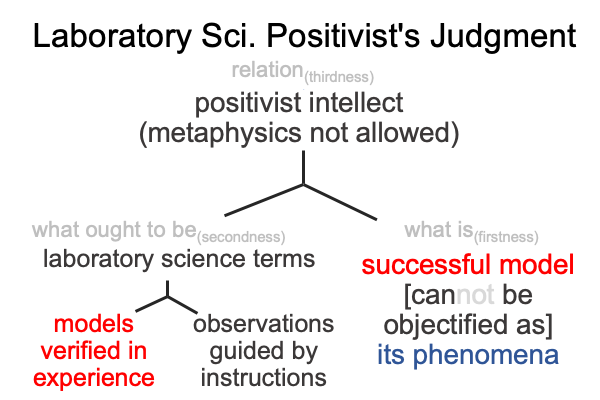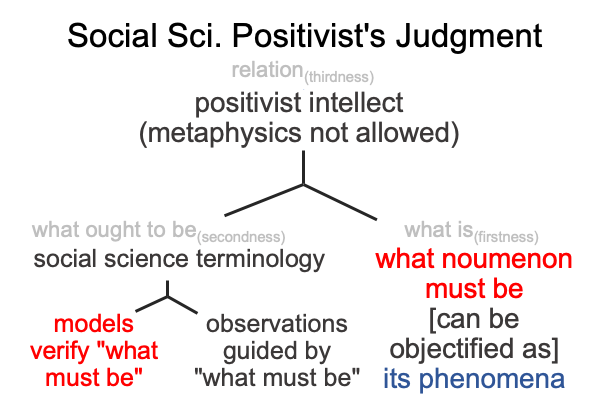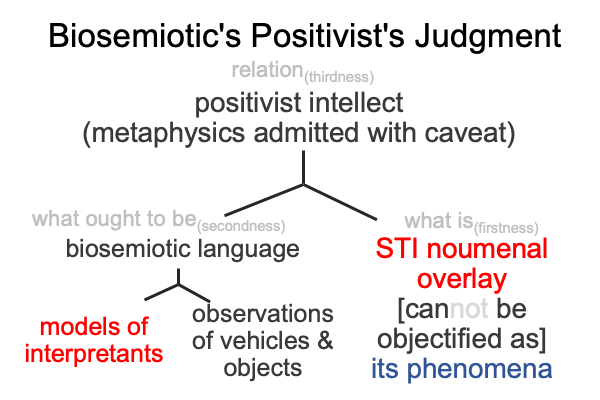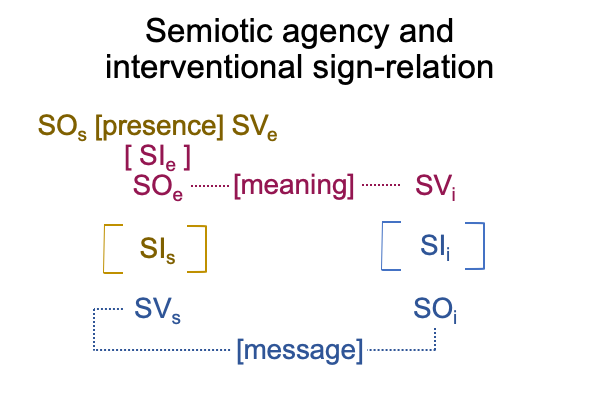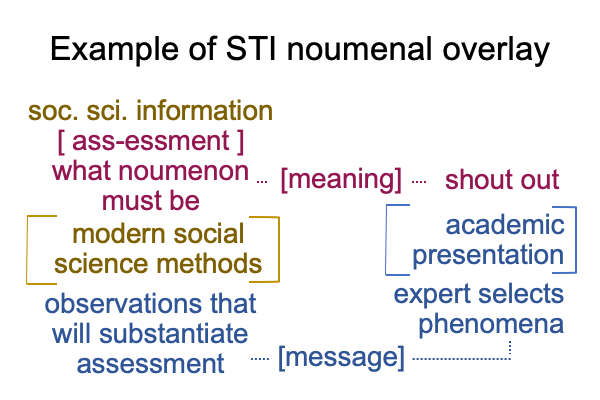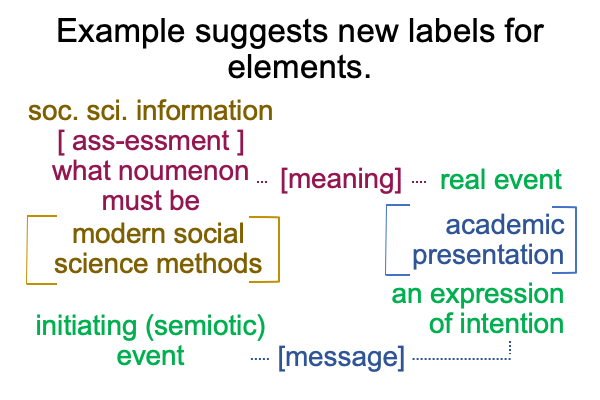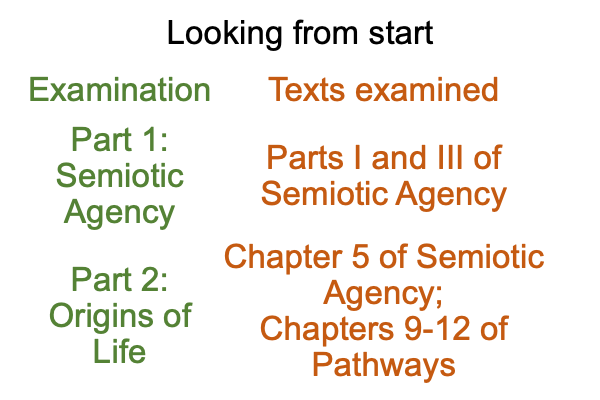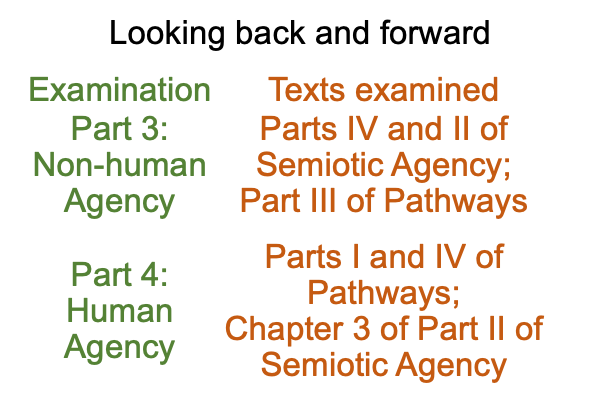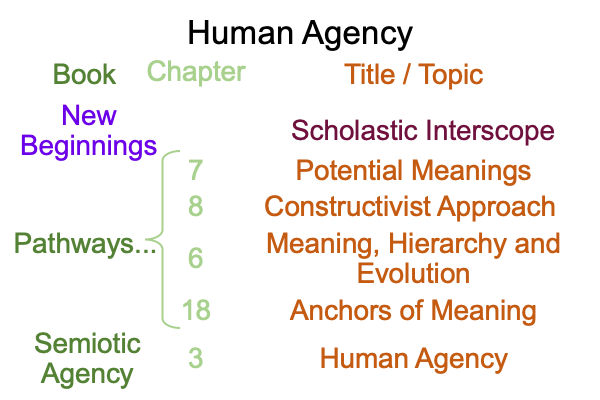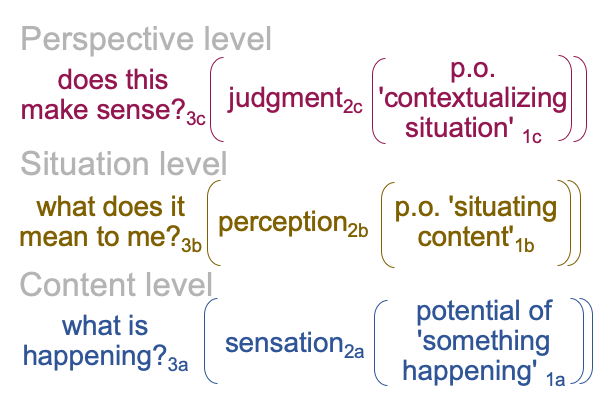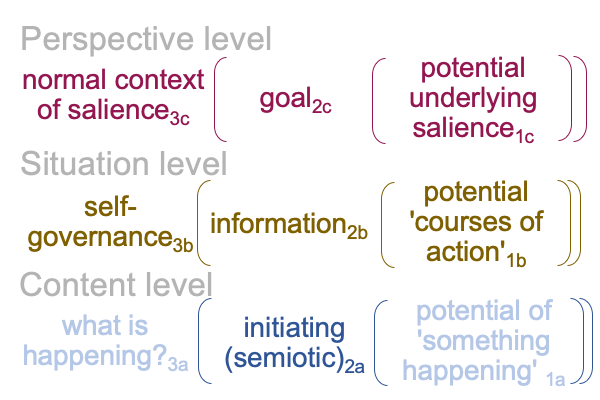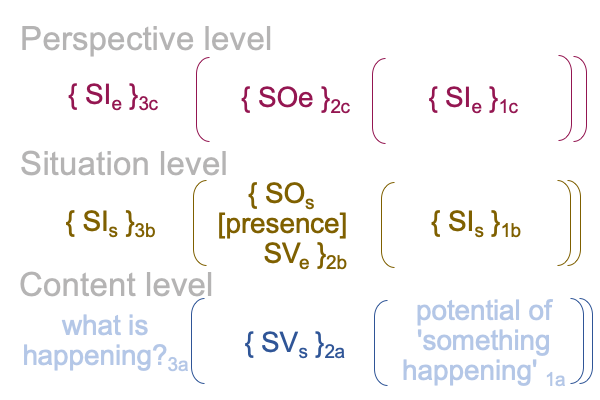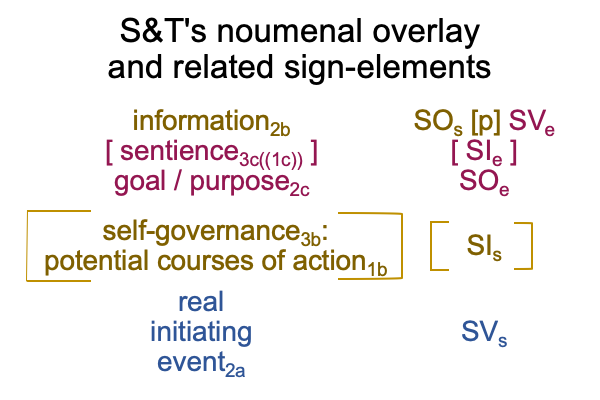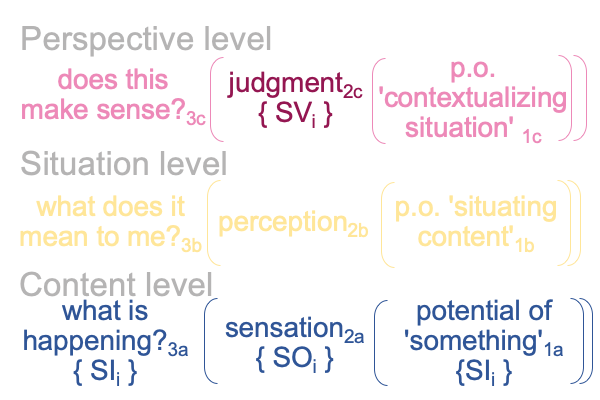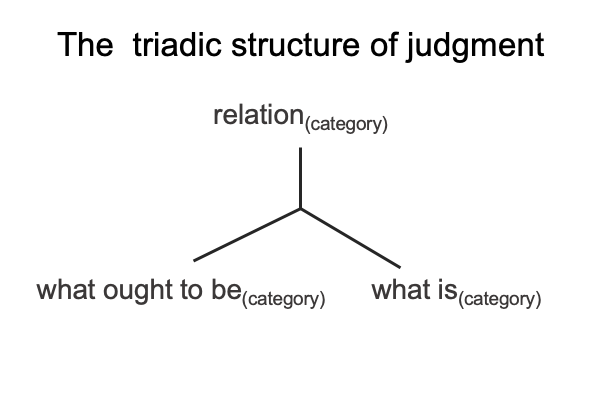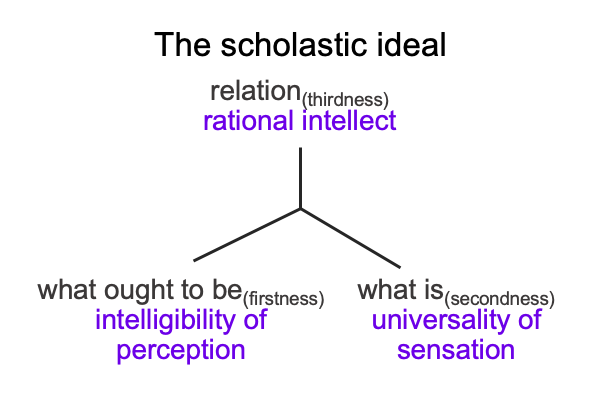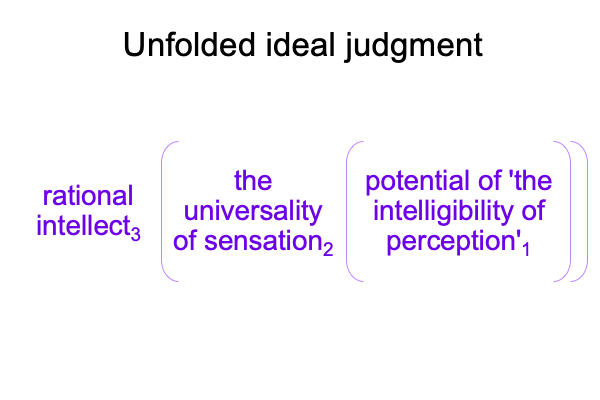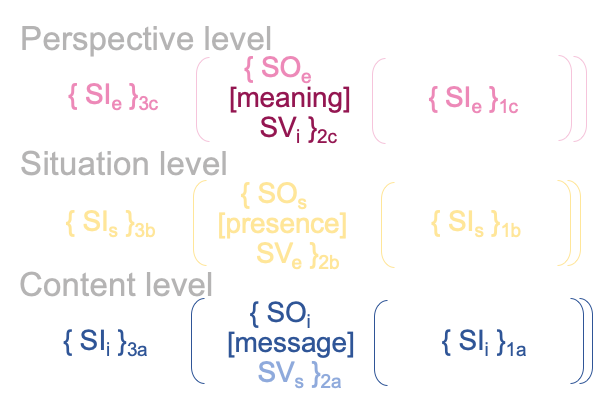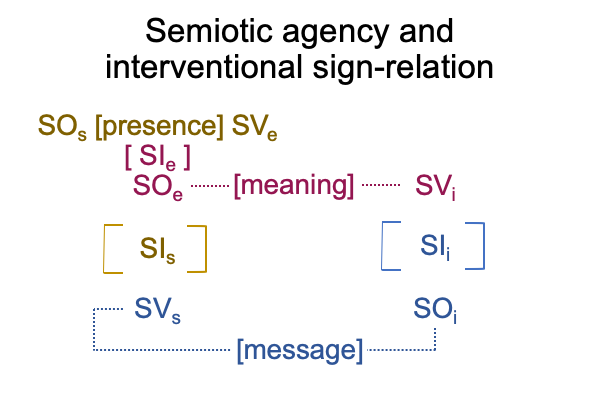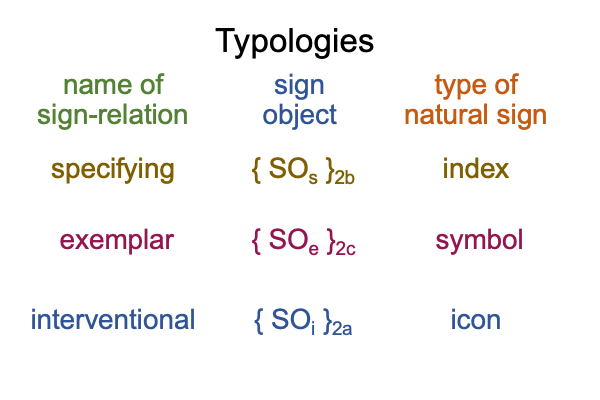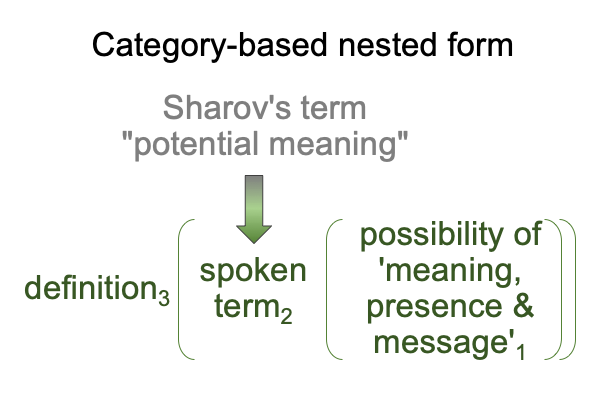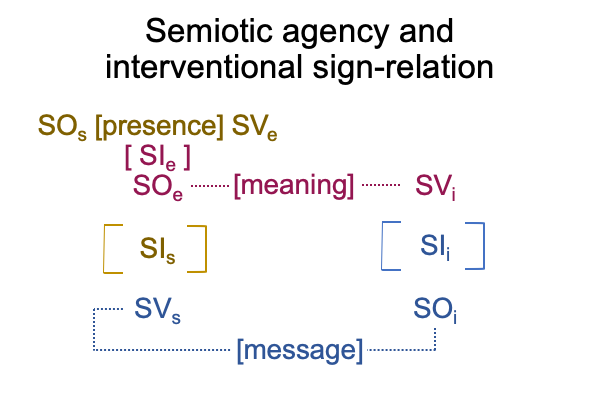A Brief Overview of What Razie Mah offers Biosemioticians in 2025 (Part 3 of 3)
1294 Biosemiotics is born out of the tradition of phenomenology.
Biosemiotics explains of how phenomenology works in light of modern biology.
In Semiotic Agency (7821 U0′), Alexei Sharov and Morten Tonnessen effectively propose the first step of a biosemiotic noumenal overlay. Alexei Sharov and George Mikhailovsky complete the overlay in 7824 with Pathways to the Origin and Evolution of Meanings in the Universe.
The biosemiotic noumenal overlay consists in semiotic agency and the interventional sign-relation.
1295 The examination of these works has proceeded in Razie Mah’s blogs since the start of January, 2025. The examination is not exhaustive. But, it has been revealing. These blogs will be collected into four books, titled Biosemiotics as Noumenon (by Razie Mah, available at smashwords and other e-book venues).
Of course, Razie Mah has been writing and blogging on semiotic topics for over a decade. The blog may be found at Razie Mah’s website. E-articles and e-books for sale are available at smashwords and other e-book venues. These works are placed in series for convenience. A full table of contents for e-works and the blog should be available by the end of the year.
Meanwhile, a few suggestions for further research follow.
1296 For the Lebenswelt that we evolved in, the following should be of interest.
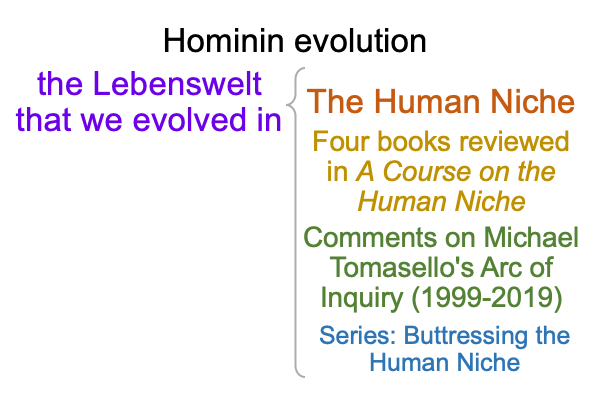
1297 For the twist in human evolution, the following applies.
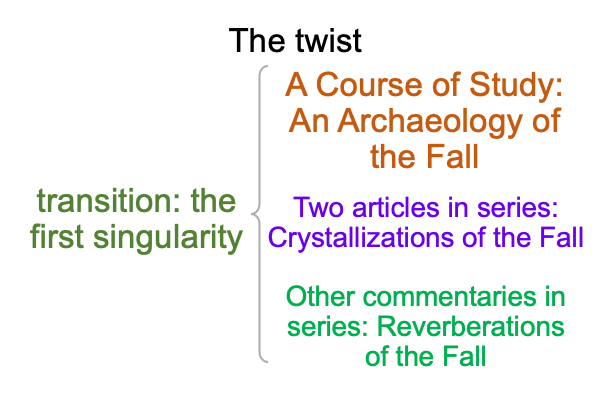
1297 For our current Lebenswelt, there are many threads to follow.
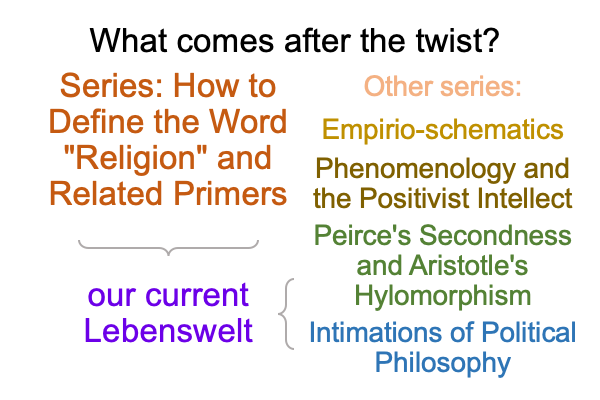
1299 All these works pertain to chapter three of Semiotic Agency, titled “Human Agency”.
They show what biosemiotics can do.
1300 My thanks to Alexei Sharov, Morten Tonnessen and George Mikhailovsky, as well as the many contributors to Pathways, for interesting material to examine. As noted elsewhere, all the material in these examinations, as well as in Biosemiotics as Noumenon, are available to these authors and contributors to use in their efforts to build biosemiotics as a specialization… or… maybe I should say… a “noumenalization” of what all biological processes have in common.

